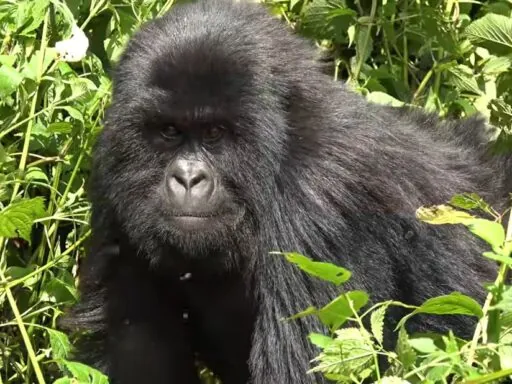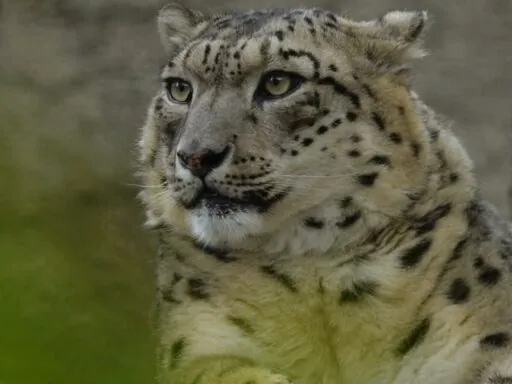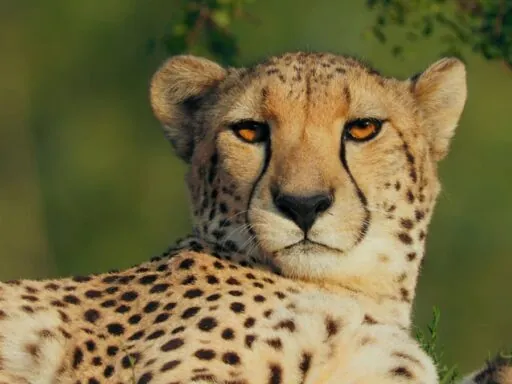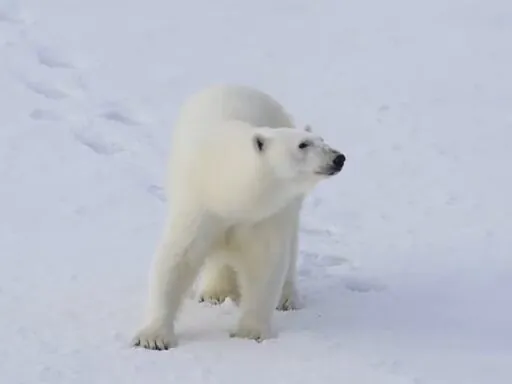Curious about black rhinos? Here are the fascinating black rhinos facts that might surprise you! First, they have a special prehensile upper lip that works like a little hand to grasp leaves and twigs. Despite their tough appearance, black rhinos are actually quite solitary, preferring to roam alone. Their sense of smell is extraordinary, helping them compensate for their poor eyesight and stay alert to danger. These bulky creatures can also run surprisingly fast, reaching speeds of up to 35 miles per hour! Without further ado, let’s get started!
1. Species Diversity of Black Rhinoceros
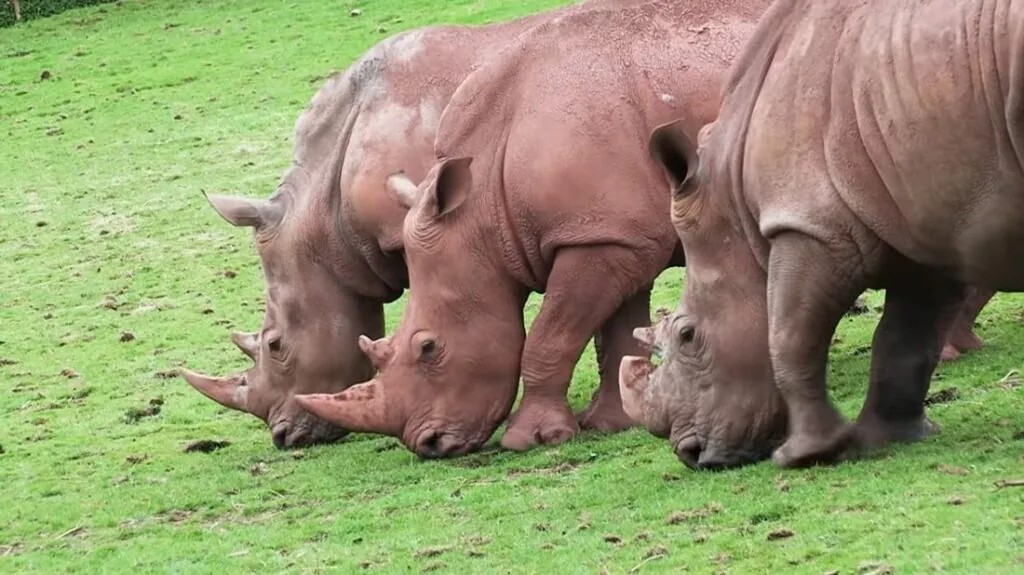
The black rhinoceros, critically endangered, comprises three surviving subspecies:
Sadly, the western black rhino, declared extinct in 2011, underscores the grave threat posed by poaching.
2. Unique Feeding Behavior
Distinguished by their pointed upper lip, black rhinos are predominantly browsers, adept at plucking foliage from trees, bushes, and shrubs. This contrasts with the grazing habits of white rhinos.
3. Mutualistic Relationship with Birds
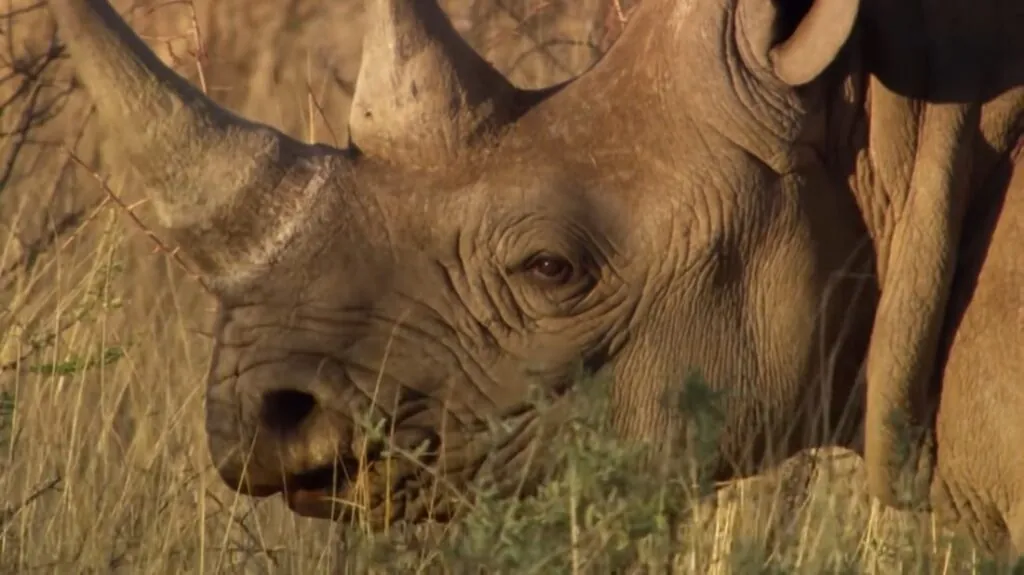
Black rhinos engage in symbiotic relationships with various bird species, notably oxpeckers and egrets. These birds aid in parasite removal from the rhinos’ skin, showcasing a fascinating aspect of African wildlife coexistence.
4. Adapting to Climate
In habitats like the Mau-Mara Serengeti, black rhinos exhibit decreased activity levels during the heat of the day – one of the interesting facts about black rhinos. Seeking respite under shade or indulging in mud wallows, they adapt to climate fluctuations, resuming activity during cooler periods. On the related note, got the scoop of World Rhino Day?
5. Vocal Communication and Expression
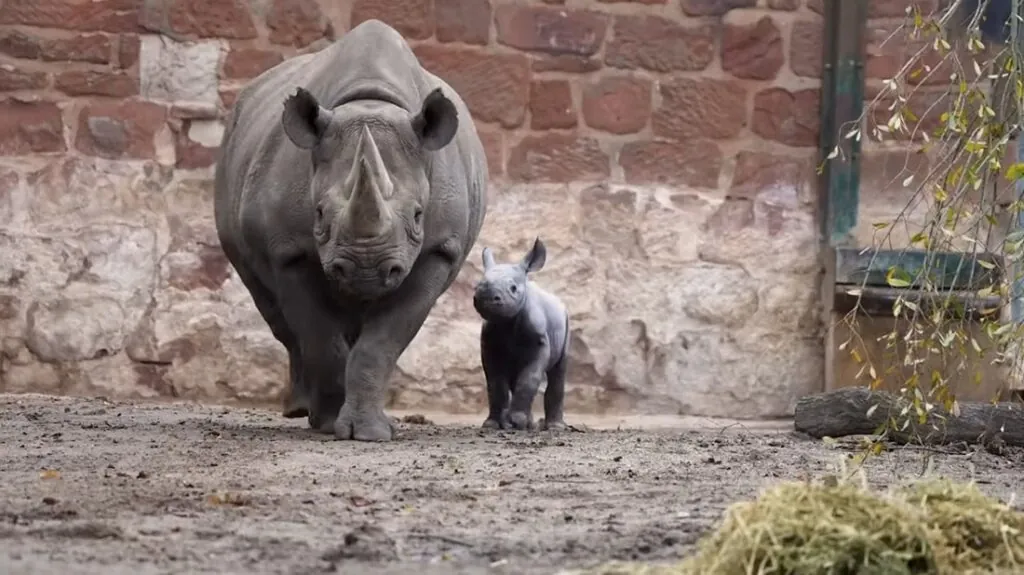
Despite their robust appearance, black rhinos employ a range of vocalizations to convey emotions and communicate – one of the stunning black rhinos facts. From growls and trumpet calls during rival encounters to snorts and screams in response to danger, these vocal cues complement their non-verbal expressions, including tail curling during moments of distress.
